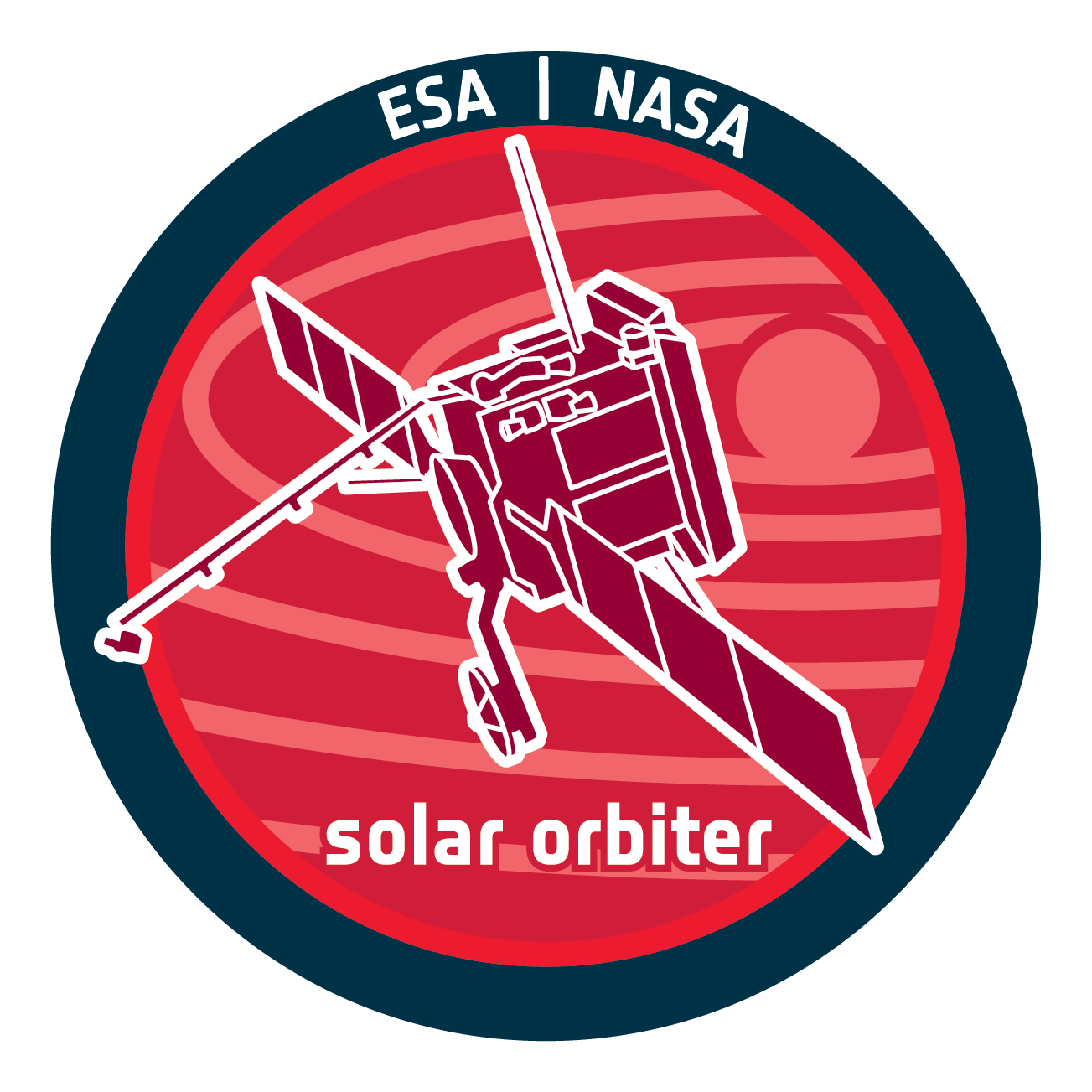

| Name | SPICE, Spectral Imaging of the Coronal Environment |
| Mission | Solar Orbiter |
| URL | http://soar.esac.esa.int/ |
| DOI | https://doi.org/10.5270/esa-lbmdy7c |
| Abstract | The SPICE instrument is a high-resolution slit-scanning imaging spectrometer operating at extreme ultraviolet wavelengths from 70.4 nm to 79.0 nm and 97.3 nm to 104.9 nm. It is a facility instrument on the Solar Orbiter mission, funded by ESA member states and ESA. SPICE provides diagnostics of the temperature, density and chemical composition of the solar plasma from the chromosphere to the corona. The spatial resolution of about 6 arcseconds and the spectral resolution is of the order of 0.07 nm. SPICE can raster a maximum field of view of 14x16 arcminutes. Three 11' long narrow slits (2”, 4", 6"), plus a long 14'x30’’ wide slit are available. |
| Description | SPICE produces three types of data: full spectra (full detector images), sit and stare observations (fixed slit), and scanned observations (the slit scanning the field of view). In scanned observations, up to 8 windows of 32 spectral pixels wide can be included. |
| Publication | Anderson et al., The Solar Orbiter SPICE instrument: an extreme UV imaging spectrometer, A&A, 642, A14, 2020; https://doi.org/10.1051/0004-6361/201935574 |
| Temporal Coverage | 2020-04-01/.. |
| Mission Description |
Solar Orbiter is a mission of international collaboration between ESA and NASA. It explores the Sun and the heliosphere from close up and out of the ecliptic plane. Launched on 10 February 2020, it aims to address the overarching science question: how does the Sun create and control the Heliosphere – and why does solar activity change with time? To answer it, the Solar Orbiter spacecraft is cruising to a unique orbit around the Sun, eventually reaching a minimum perihelion of 0.28 AU, and performing measurements out of the ecliptic plane: reaching 18° heliographic latitude during its nominal mission phase, and above 30° during its extended mission phase. It carries six remote sensing instruments to observe the Sun and the solar corona, and four in-situ instruments to measure the solar wind, its thermal and energetic particles, and electromagnetic fields.
Müller, D., O.C.St. Cyr, I. Zouganelis, et al., The Solar Orbiter mission: science overview, A&A., 642, A1, 2020; DOI: https://doi.org/10.1051/0004-6361/202038467 Müller, D., Marsden, R.G., St. Cyr, O.C. et al., Solar Orbiter, Sol. Phys., 285, 25–70 (2013); https://doi.org/10.1007/s11207-012-0085-7 |
| Creator Contact | Auchère, F., Principal Investigator, Institut d’Astrophysique Spatiale, France, frederic.auchere@ias.u-psud.fr |
| Publisher And Registrant | European Space Agency |
| Credit Guidelines | When publishing any works related to this experiment, please cite the DOI as https://doi.org/10.5270/esa-lbmdy7c. |